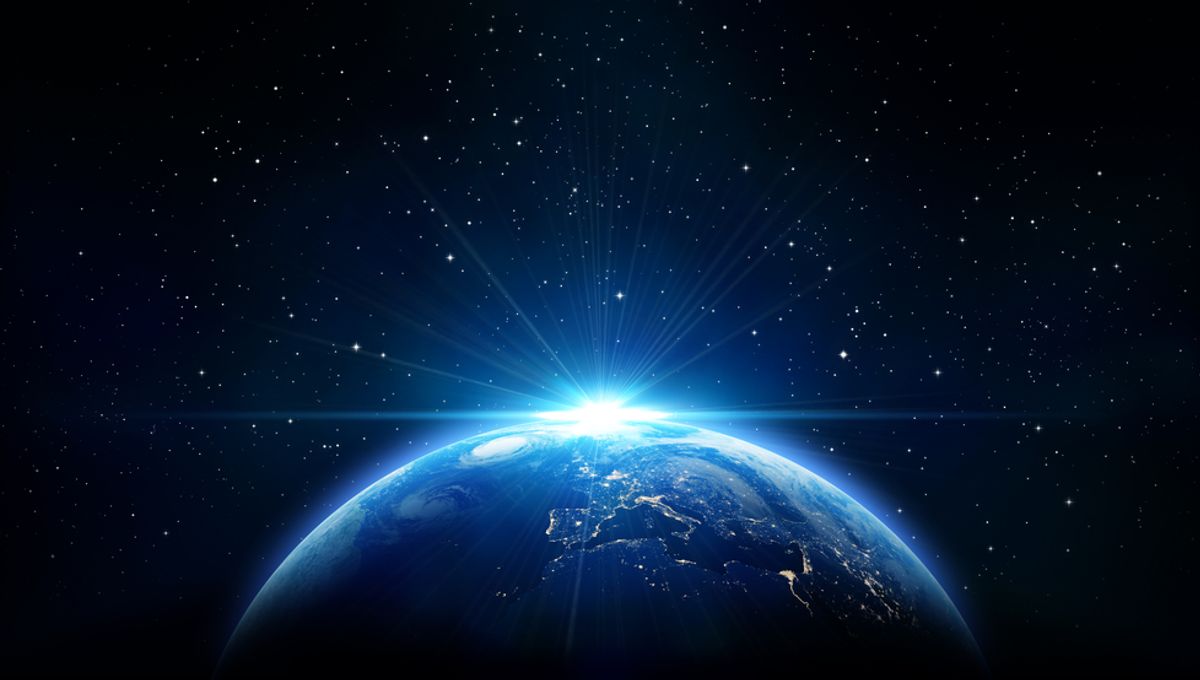Earth’s atmosphere is primarily composed of nitrogen and oxygen, with other gases making up a small fraction. However, these gases, despite their small presence, can have a significant impact on our planet, as we have witnessed through the ongoing climate crisis.
Astronomers recently conducted a fascinating study to determine how Earth’s atmosphere would appear when observed by an infrared telescope, using the light from our Sun. In one version of their findings, they detected a wide range of molecules, including carbon dioxide, methane, ozone, water vapor, and even chlorofluorocarbons (CFCs), which have been banned for over 33 years but still persist in our atmosphere.
If we were to view Earth from a distant world, this evidence of various molecules would strongly suggest the presence of both a biosphere and a “technosphere.” The existence of CFCs, which are not produced naturally, would indicate an artificial source, potentially pointing to the presence of an intelligent civilization.
In a more realistic scenario, taking into account the limitations of the telescope, the team was still able to identify carbon dioxide, methane, and a hint of ozone. While these gases alone do not definitively prove the existence of life or an intelligent civilization, they certainly raise intriguing possibilities.
By using Earth as a model, the team hopes to gain a better understanding of the complexities of exoplanetary atmospheres in worlds similar to our own. One particularly interesting case is the TRAPPIST-1 system, which consists of seven Earth-sized exoplanets orbiting a red dwarf star approximately 40 light-years away.
Some of these planets lie within the habitable zone of their system. Although the closest ones have already been observed by the telescope, ruling out the presence of an atmosphere, there is still a chance that the outer planets in the TRAPPIST-1 system possess an atmosphere. If this is the case, it may be possible to determine their habitability.
With an estimated 4,000 planets located within 50 light-years of Earth, it is conceivable that another civilization has already discovered our existence. However, the question of why they have not made contact with us remains a fascinating mystery explored in the Fermi Paradox.
The study has been accepted for publication in The Planetary Science Journal and is available on the ArXiv.








